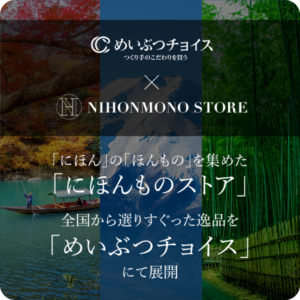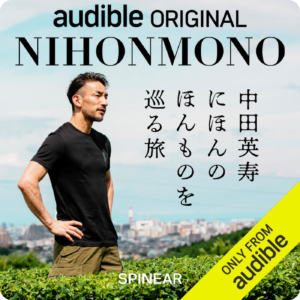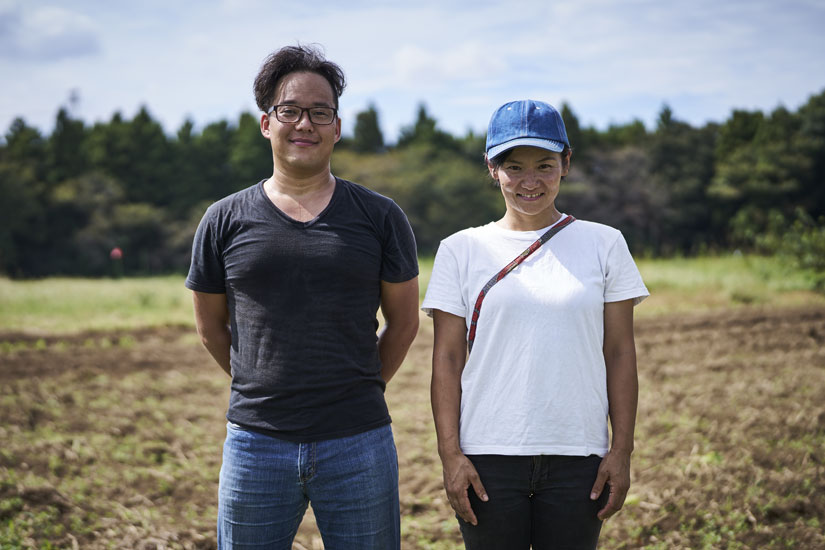Hatamuguri has been reviving abandoned farmland with a desire to preserve the local nature through recycling-oriented agriculture. His unique farming method, which does not use pesticides or chemical fertilizers and utilizes biochar, has attracted sympathy, and he was selected as one of the top 30 producers in the “Chiba Gastronomy Award 2023” in the producer category. Top-level chefs are also paying attention.
A two-person unit aiming for recycling-oriented agriculture
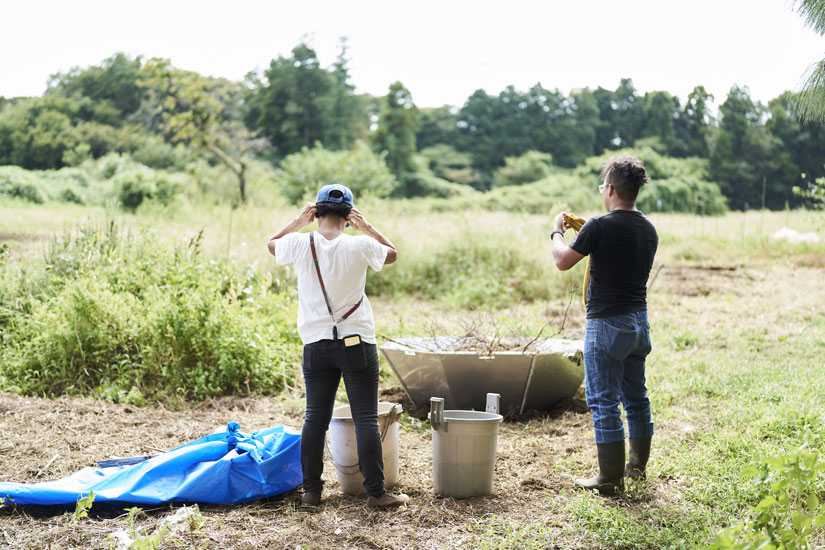
Sakura City, located in the northern part of Chiba Prefecture, once flourished as a castle town. The Hokuso Plateau, which stretches across the city, has long been a place where agriculture has flourished, and in 2023, together with Kisarazu City, it declared itself an “organic village” to promote organic agriculture from production to consumption.
In Sakura City, Hatamuguri is a two-person farmer unit that uses “biochar” to reclaim abandoned farmland and conducts recycling-oriented agriculture without the use of pesticides or chemical fertilizers.
Hatamuguri’s Farming Style
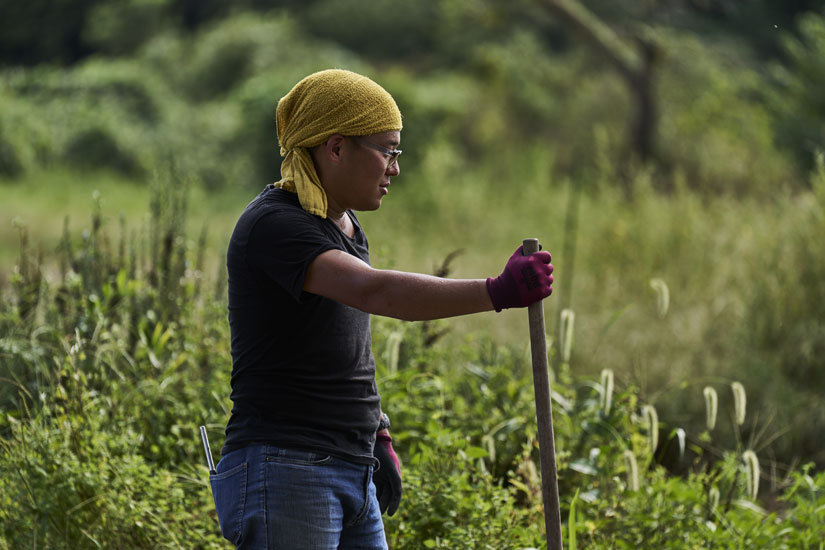
Hatamuguri is a farming unit formed in 2020 by Kentaro Saito and Miho Ishii, who named their farm “Hatamuguri” after the pollen-carrying insect “Hanamuguri. They cultivate as many as 100 crops organically on their approximately 2 hectares of fields. In addition to common vegetables, they also grow a wide variety of herbs, edible flowers, and buckwheat noodles, which are shipped as sprouts (edible parts of plant shoots) rather than as berries. One of his most popular products is jumbo garlic, a member of the leek family called leeki, which he recommends roasted in foil. It makes a great all-purpose seasoning if you marinate it in soy sauce,” Saito-san says, enthusiastically explaining his recipes.
The majority of the farm is JAS-certified organic. He also runs a small-scale flat-fed chicken farm, and the farm’s vegetables, wheat, and chicken droppings grown on his own fermented feed are used as fertilizer. He also composts horse manure from the horses he keeps. After weighing the yield against the cost and time required, he rarely uses plastic mulch (a material used to cover arable land to suppress weeds and store heat) or greenhouses. The two farmers share a common understanding that they are aiming for recycling-oriented agriculture that does not burden the ecosystem.
Forming a Farming Unit
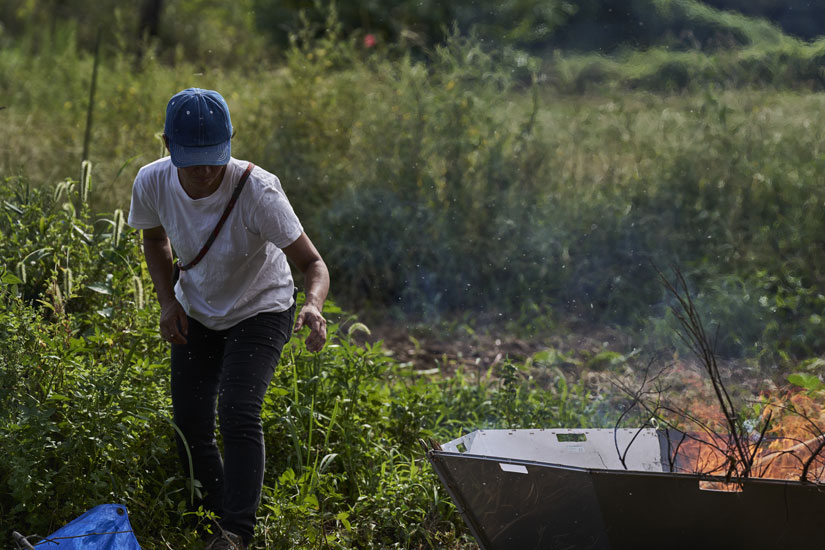
Mr. Ishii, who is from Sakura, used to be a zookeeper. After the birth of his child, he decided that he wanted to grow vegetables that he could eat with peace of mind, and began growing vegetables organically using horse manure. Later, he changed jobs to work for a social welfare corporation that grew organic vegetables for nursery schools.
Mr. Saito, who had always been interested in primary industry, graduated from an agricultural high school. After working for a number of agricultural corporations in Chiba Prefecture, he ended up at the same social welfare corporation as Mr. Ishii.
However, the social welfare corporation’s agricultural department was abolished, and both were forced to resign from their jobs. In the midst of all this, they receive an offer to lease the land they are currently using as a farm. Both Mr. Saito and Mr. Ishii had no experience with conventional farming methods that utilize pesticides and chemical fertilizers, and had been doing organic farming all their lives, so their ideas for recycling-oriented agriculture matched. They rented adjoining fields next to each other and formed a unit of farmers who shared the use of work sheds and agricultural machinery.
Tackling the challenge of soil preparation using biochar
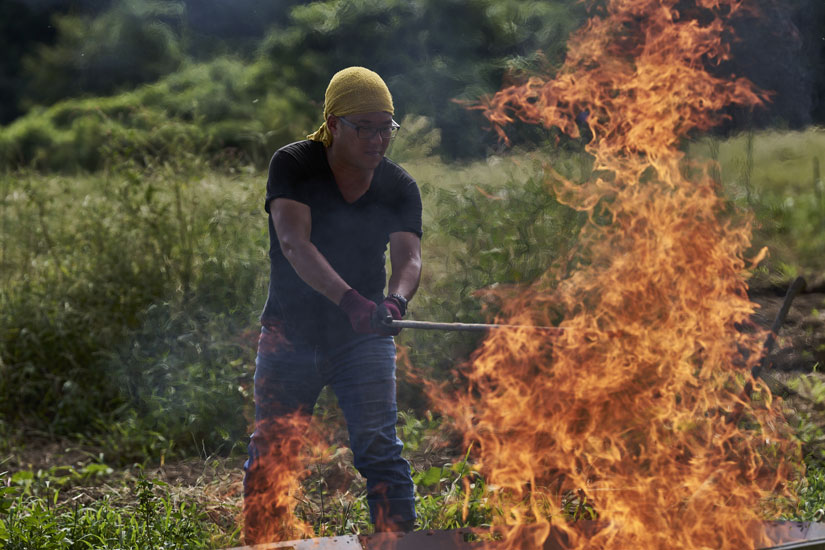
They decided to start farming in their new location, but first they had to regenerate the soil on their rented land. The former mulberry field had been uncultivated for more than several decades, and during that time it had been continuously plowed to keep the grass from growing. The land was so overmanaged that it was like a desert with no signs of life. That is when he turned his attention to biochar.
Biochar is carbonized organic material that improves the natural environment, including the biological layer and soil. Mr. Saito originally became interested in charcoal through his participation in volunteer activities at a charcoal-making camp for children. It was during this time that he had the opportunity to learn about biochar from one of Hatamuguri’s business partners, and decided to try using it on his own farm. To promote resource recycling and land maintenance, Hatamuguri uses bamboo and prunings that have become overgrown in the fields and in the local satoyama as raw materials for charcoal. We make the most of what we have. That is the basis of our method,” Saito says.
Bamboo and trees are fed into the carbonizing furnace, which burns at about 350 degrees Celsius, and the fire is turned off just enough to prevent them from turning to ash. The charcoal is finished when it is so soft that it is shredded when held in the hand. As a result of continuing to spread this biochar over the land, the biofuel layer has gradually recovered.
Biochar as a home for microorganisms
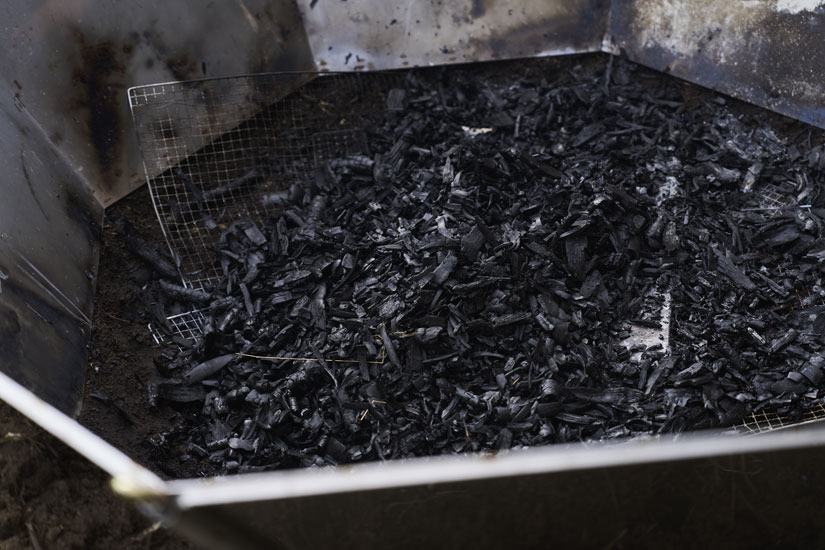
Mr. Saito describes the effect of biochar simply as “creating a habitat for microorganisms. The charcoal has a porous structure with numerous microscopic holes in it, and these holes hold moisture, allowing microorganisms to live in the soil.
We actually collaborated on research on the effects of biochar in the daikon radish fields here. The results showed that the field with biochar retained more moisture and grew better than the field without. Biochar is not only an important soil conditioner for Hatamuguri, but it is also an indispensable tool that has led to a cooperative relationship with Sakura City for the maintenance of bamboo forests and satoyama.
The company is now actively involved with a wide variety of people.
Proactive involvement with a diverse range of people
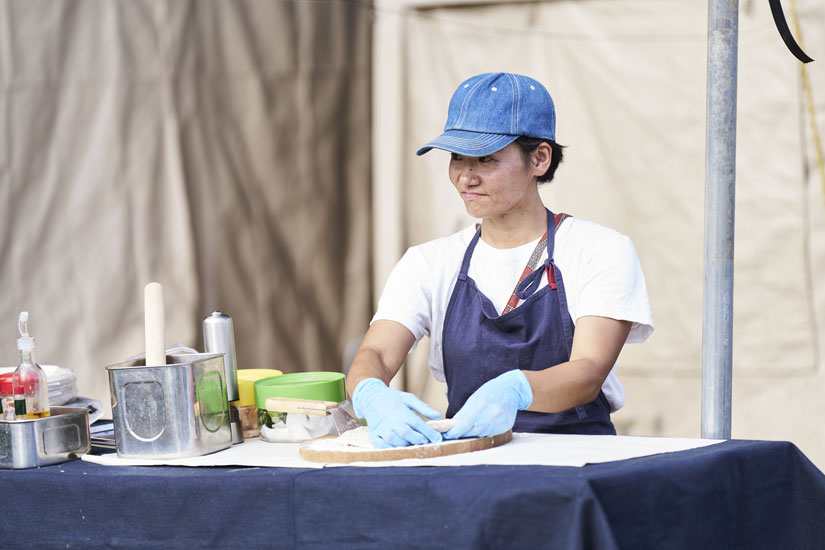
Mr. Saito says, “The main reason I use this kind of farming method is because I want to eat delicious food if I am going to make it,” while Mr. Ishii recalls, “I was worried at first because I have to use much less fertilizer and the growth is slow. Ishii confidently states, “The flavor is richer because of that. Currently, Hatamuguri’s sales channels include personal home delivery, online sales, and shipments to direct sales outlets, but every year the company’s delicious taste and stance on agriculture attracts more and more sympathy, and restaurants are handling more and more of its products.
In particular, the company has an ongoing relationship with “Presente Sugi” in Sakura City, which it began doing business with when it was a former employee of the company. Presente Sugi has been listed in the Japanese edition of the French restaurant guide “Gault & Millau” (Gault & Millau), which is said to be as influential as Michelin, since 2022.
The chef comes to our farm, and every time he comes, we ask him for various requests. We have provided him with edible flowers, spinach roots, and even seagrass for insect eating,” laughs Saito. Through these relationships with chefs, Saito says, “I have changed the way I look at the fields, thinking about what kind of crops are in demand and what kind of wildflowers could be used.
Connecting Agriculture and Nature to the Future as a Model for the Community
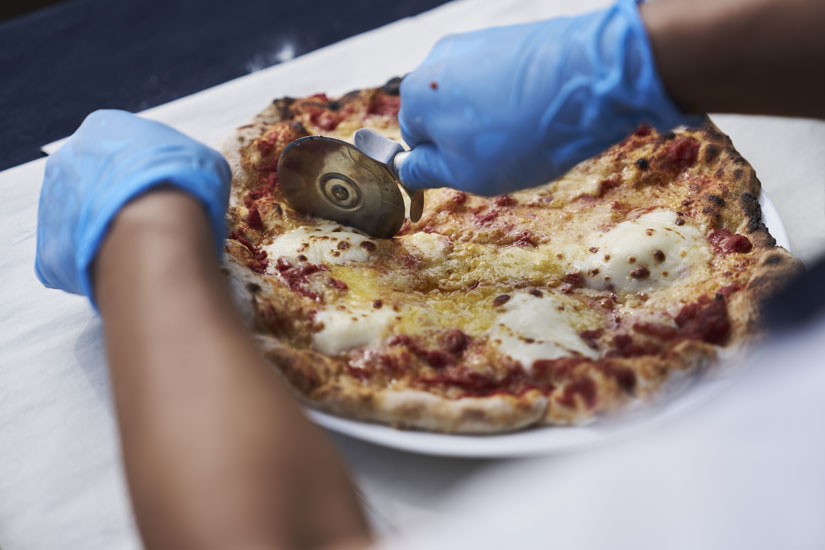
Hatamuguri not only maintains a relationship with the chefs, but also focuses on interaction with consumers.
Every Sunday, they open a restaurant in a rented space that can be used for food and beverage business, serving meals made with ingredients from the fields. The pizzas made from the wheat dough they grow themselves are especially popular. Ishii says, “We hope this will be a good opportunity for people to learn about our activities. To encourage interested customers to actually visit the fields, he also plans “hatameguri,” where visitors can shop for produce, take a walk in the satoyama, and experience farming. They welcome people from all walks of life as a place where they can experience the blessings and cycles of nature.
The duo’s future plans include the production of processed products. Since Sakura City declared itself an organic village, inquiries for organic vegetables from major supermarkets have increased. They hope to make use of the out-of-spec vegetables, which are difficult for supermarkets to accept, as processed products.
Mr. Saito also says, “In order to increase the number of fellow organic farmers, we would like to establish a system where we can offer our know-how to new farmers when they come to our farm. Mr. Ishii added, “We want to circulate resources from abandoned farmland and make sure that the money goes back into circulation. I hope we can become a small but established model of agriculture,” he continued. This is my hometown, so I want to preserve the nature somehow. That is the root of everything.
With Hatamuguri, the world of agriculture and nature will become even richer in the region. One cannot help but hope for such a future.
